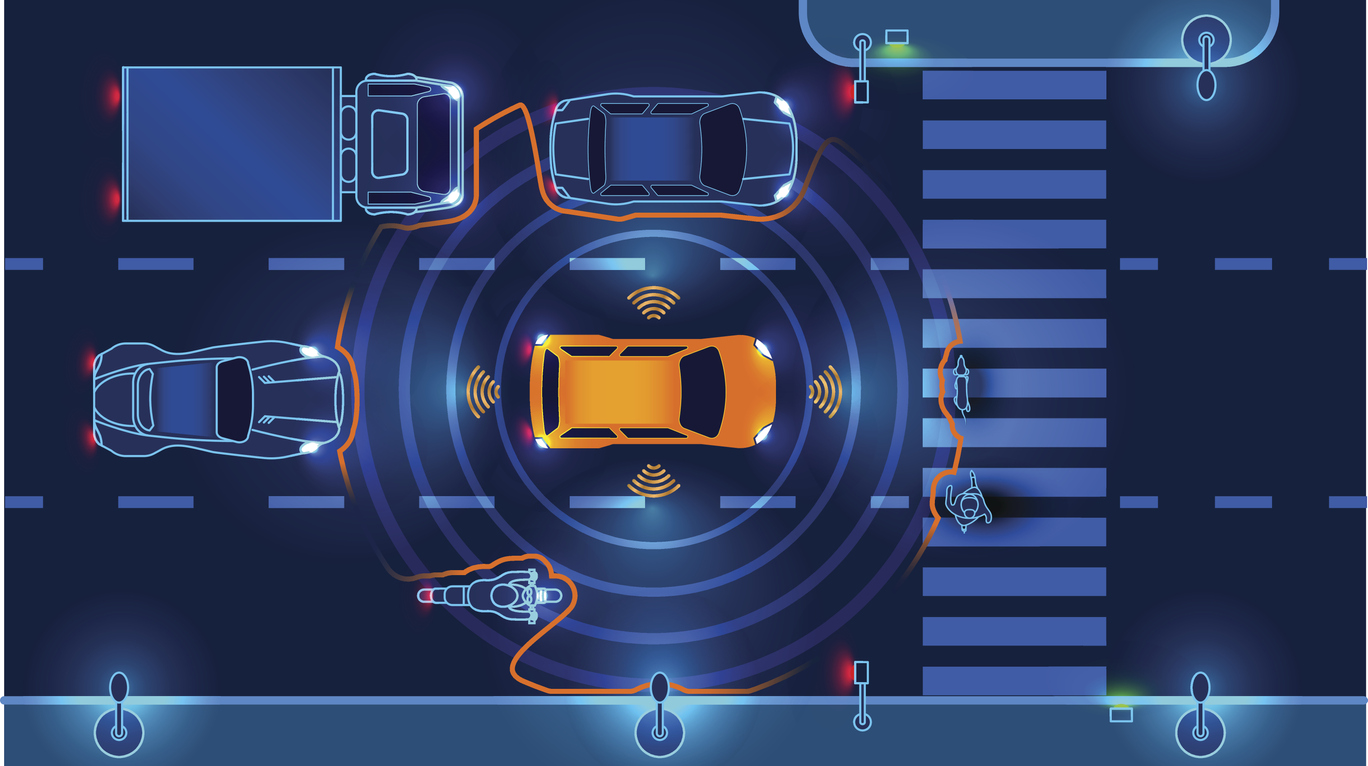 Intelligent transportation systems (ITS) are comprised of a wide range of next-generation technologies to advance modern transportation. The primary goals of ITS are to improve the safety and efficiency of transportation while minimizing environmental impacts. ITS aim to make roads less congested, prevent fatal accidents, enhance mobility, reduce pollution, and improve the efficiency of commercial transport.
Intelligent transportation systems (ITS) are comprised of a wide range of next-generation technologies to advance modern transportation. The primary goals of ITS are to improve the safety and efficiency of transportation while minimizing environmental impacts. ITS aim to make roads less congested, prevent fatal accidents, enhance mobility, reduce pollution, and improve the efficiency of commercial transport.
Machine vision plays a critical role in all of this by gathering real-time information about traffic conditions. These machine vision systems, once the future of ITS is fully realized, will either be embedded within vehicles or from cameras mounted near roadways for highly accurate traffic information. Vision technology will be a central component in the evolution of ITS.
The Future of Intelligent Transportation Systems
Currently, the Intelligent Transportation Systems Joint Program Office (ITS JPO) is conducting ITS research on behalf of the U.S. Department of Transportation (DOT). The first priority of the ITS JPO are to realize connected vehicle implementation, where vehicles feature a number of sensors and connectivity to enable vehicle-to-vehicle communication. The second priority is to advance automation technologies as they arise – primarily all technologies, including embedded vision systems, that increase levels of autonomy in commercial and passenger vehicles.
Looking even further to the future of ITS, the end goal is to have a fully connected system of passenger and commercial vehicles, as well as stationary points of data collection, forming one complete system that communicates all relevant information for optimized traffic flow, safety, and environmental responsibility. In the distant future, these vehicles may drive themselves and make necessary course corrections based on accidents, road work or congestion.
How Machine Vision Brings Us Closer to the Future of Intelligent Transportation Systems
Today, machine vision is already being used in ITS applications, and moving forward, it will continue to bring us closer to the future. Machine vision cameras for automated tolling are leveraging GigE Vision and CoaXpress standards for their high data rate capabilities over long distances. The number of cameras in one ITS is being reduced, too, as machine vision cameras become more powerful.
Moving forward, embedded vision systems will play an important role in the creation of autonomous vehicles with the ability to communicate with one another. Vision systems will create accurate image data regarding a vehicle’s surroundings, feeding algorithms for autonomous operation while also providing important data for vehicle-to-vehicle communication. Further, cameras with low-light, high resolution, and high data transmission speeds will accelerate the ability to monitor and relay information on traffic conditions.
Advancements in machine vision capabilities will speed up the pace of innovation in ITS systems, bringing us closer to the future of fully connected and autonomous ITS.
ITS is already being implemented in limited ways across the U.S. As further investment is made into researching the technologies needed, greater ITS integration with existing infrastructure will follow. Machine vision will play an increasingly important role in the adoption of ITS nationwide.
To learn more, read about Intelligent Transportation Systems (ITS) at Phase 1 Technology.
